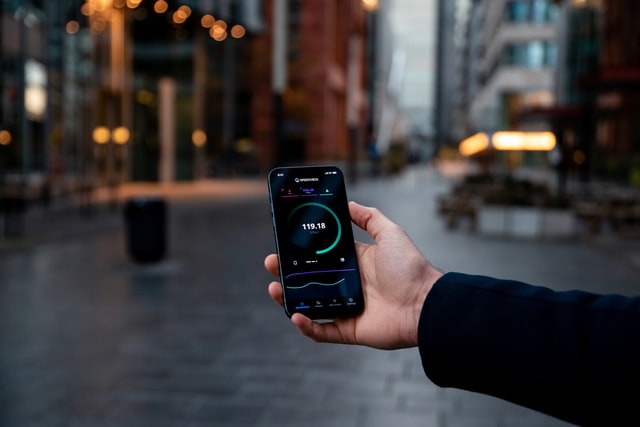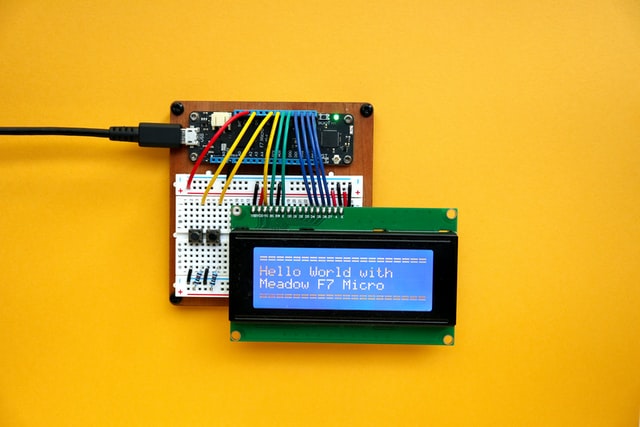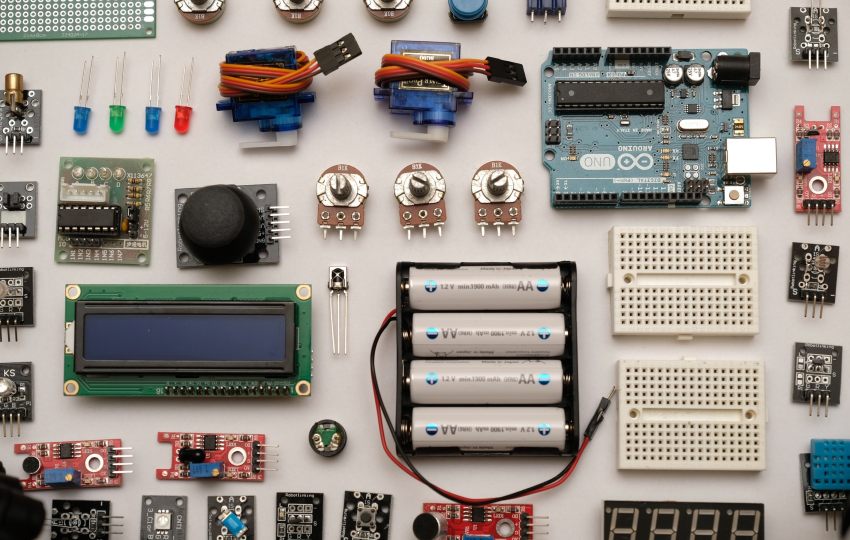IoT is a technology enabling the connection between various devices to make a new and effective network from those. It is complicated but still effective to apply even if this takes time and resources. The rewards are much higher. How does IoT operate and what measures have to be applied to oversee it well? This article covers the basics.
What is IoT management and why it is valuable?
IoT management stands for the collection of different frameworks and methods to unite devices ensuring their authentication, provisioning, configuring, and maintaining of such tools for ensuring their appropriate operation. This approach enables companies to keep all devices secure, connected, and all information up-to-date. This is an advanced technology enabling companies, especially large ones, to operate more effectively and process data more accurately. How is this ensured?
The effective IoT device management platform allows its administrators to realize all functions related to specific IT solutions effectively. Administrators monitor all devices and are able to secure their operation. Administrators get the info about any trouble and react quickly to apply measures to troubleshoot. This becomes especially important when the necessity of dealing with hundreds of devices appears or when it is necessary to deal with different data.

Basics measures to make IoT strategies work
If it is unclear to you what kind of thing IoT is, that is not a problem. It is complicated in fact. But, it is effective. Here are the 5 most important points about this considered aspect worth reviewing and forming an understanding of how it works is overseen by professionals.
1. Authentication
All involved devices are united with each other effectively. To onboard devices, it is necessary to authenticate those correctly. This is a critical point for IT system operation and security. All credentials are stored in a single server. Once the device has been approved and added to a database, it is considered to be a trustworthy one.
2. Configuring and controlling devices
After all devices have formed a network, it is necessary to ensure their proper configuration to make their work coherent. Default settings for devices provided by their manufacturers don’t work entirely well for device management in IoT – it should be configured manually.
After this has been made, controlling such devices and their proper operation are ensured through the determined parameters. Preserving such coordination and making it flexible is a top priority for the quick and effective operation of a system. After applying respective measures, such IoT device control can be made automatic in nature with the same automatic notification in the cases of possible failures.
3. Monitoring and diagnostics
After ensuring the proper connection and management of IoT devices, it is also necessary to monitor their performance on an ongoing basis. Determining the conditions for sending alerts is also important in this case to prevent any possible failures of a system. under such conditions, it is also possible to ensure effective diagnostics of a system and decrease the duration of possible downtime. It is also easy to detect any possible security breaches and fix the problems instantly. In this case, if one device fails, it is easy to substitute such with another one that can fulfill the same functions.
4. Updates and easy maintenance
Any device needs updates to keep its performance effective. This is a part of work ensured by IoT device management companies to make a network operation fast and effectively. This helps with the prevention of most common security threats and vulnerabilities as such evolve all the time. Keeping the network coherent is an important aspect that helps to fix a problem and resolve it instantly. It is easy to do as the network is arranged in an optimal way for maintenance and uninterrupted operation.
5. Decommissioning
All devices have the end term for using those. Some of them may become too outdated to fulfill specific tasks determined by business owners. In this case, it is necessary to remove and replace outdated devices with more effective samples that can ensure better results for data processing and management. Thanks to the fact that the network exists, it is easy to do in the most effective way from the point of time and costs required.
Cases of IoT application

IoT may only appear to be some kind of strange and mysterious thing. In fact, it is already applied in many sectors. Here are the most common areas where you can potentially take the exact experience you need to boost your own business.
Manufacturing
IoT is irreplaceable for large and middle-sized enterprises. It ensures fast and convenient manufacturing processes. IoT collects data from different processes and helps with arranging those well. It increases the risk of failures and downtime. Ensuring a greater level of customization is another benefit IoT brings to manufacturing. Applying IoT effectively increases productivity and decreases the need for manual participation in the processes. Employees can focus on product development and innovations more thanks to IoT.
Supplying
IoT is also an irreplaceable component for arranging effective supply chains. It automatically detects the location of a product in a real-time mode. Decreasing the risk of human errors – that is the most important point ensured thanks to IoT. This becomes especially effective for arranging supply chains using railcars or vessels. Calculating the most effective price is the right opportunity a business should enjoy thanks to IoT applications. It adds automation, accountability, flexibility, and transparency to supply chains already.
Logistics
Tracking logistics networks becomes easier a number of times thanks to using IoT systems. They enable tracking warehouses and carriers. This is not limited to monitoring of all goods only. This is also about applying sensors that can be extremely helpful for transporting different products sensitive to temperature variations.
Smart Factories
Have you heard about those? Factories, where smart sensors, chips, actuators, and other things are applied, become especially effective for obvious reasons. It is possible to review the state of machinery, amount of materials, and state of production results in a real-time mode.
Asset Management
IoT helps with managing assets in a more effective way. It provides a comprehensive overview of how the storage facilities are arranged, the quality of goods, their characteristics, and other asset-related points important for business. It helps to maintain equipment properly and reduce associated costs if you don’t use asset management software. Preventing downtime is another important point here.
Final Words
IoT is a thing enabling smooth connections between various devices and their coherent work. This technology may be especially effective in many businesses and is already applied in manufacturing, supplying, logistics, resource management, and many other areas. It requires device onboarding, maintenance, control, monitoring, and diagnostics. IoT provides room for customization, and that makes it adaptable and potentially effective for nearly any business.
Aston Rhodes is an experienced content creator and marketing expert from JatApp application development company. Aston has been helping authors improve their blogs for over 5 years and turn this hobby into a business. She does research and discussion on tech-related topics. She enjoys sharing her experiences with a like-minded audience and writes about software development, digital marketing, business, career, and more.

